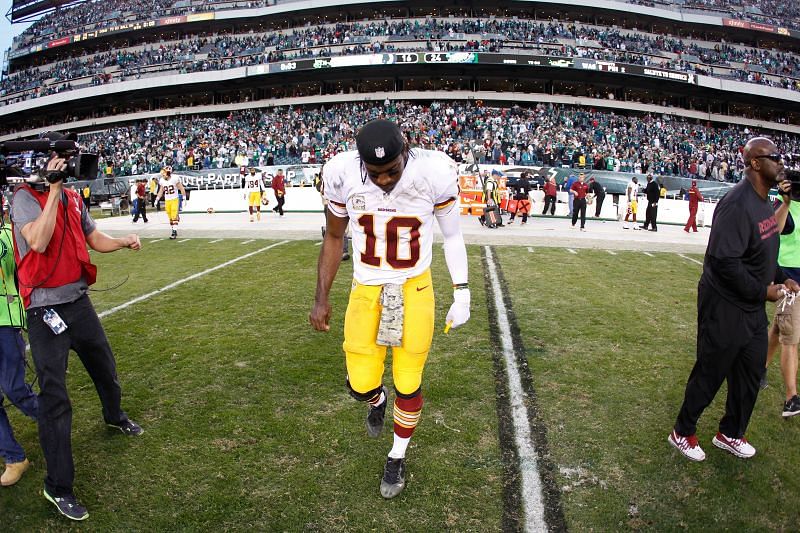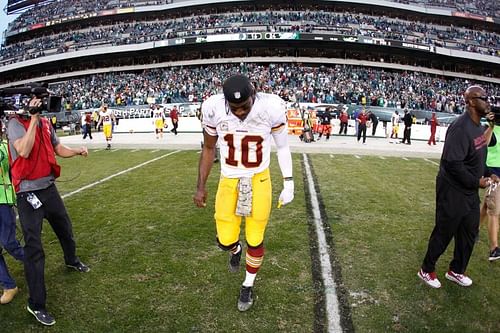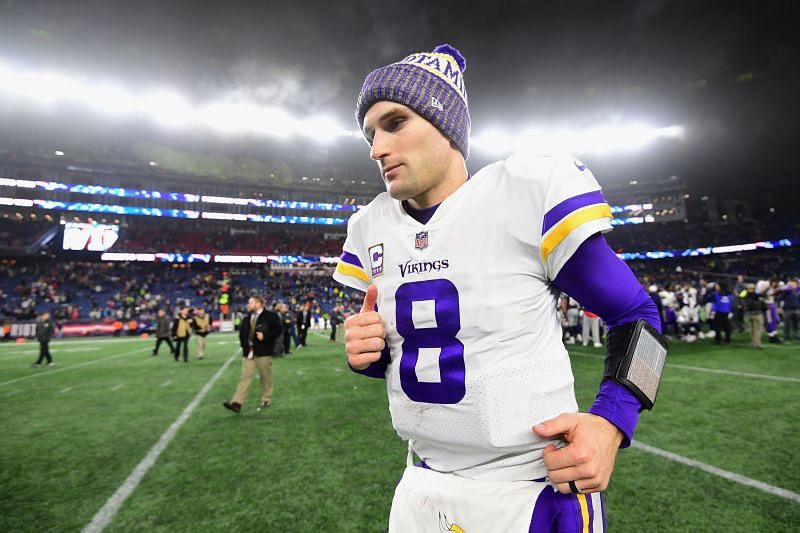
RG III vs Kirk Cousins: A case study on why sitting quarterbacks is the best way to develop them

Robert Griffin III took the league by storm in his first season as an NFL quarterback. The Washington Redskins were suddenly on the map and making the playoffs. Mike Shanahan was seemingly on the cusp of resurrecting his career with Robert Griffin. However, Griffin's backup quarterback had the final laugh.
Robert Griffin III has struggled to get a foothold in the NFL while cousins" target="_blank" rel="noopener noreferrer">Kirk Cousins has solidified his place in the league. It's an interesting case, which makes it the perfect case study to understand why it's sometimes better to sit quarterbacks for a full season to give them room to develop.
Starting quarterback: Robert Griffin III
Robert Griffin III was drafted with the second overall pick of the 2012 NFL Draft. He went to the Washington Redskins, who were coming off a 5-11 season in which they finished bottom of their division. After a dreadful season, Washington badly needed a new quarterback to shake things up. As such, the franchise skipped the whole bridging process and threw Griffin straight into the starting spot in Week 1.
Washington went 9-6 with him at the helm, and analysts lauded Griffin as the savior of the franchise as he threw for 20 touchdowns and five interceptions. The team went 10-6 overall and won the NFC East that year.
That campaign, though, was the peak for Robert Griffin.
Washington lost its first playoff game and went 3-13 and 4-12 the next two years. One explanation here is that many teams were caught off-guard by Robert Griffin III being thrown into the mix from Week 1.
With a season of tape under their belt, rival teams started to smarten up, adjusting their defensive schemes to suffocate the QB.
For instance, the first time the Dallas Cowboys played Robert Griffin III in 2012, he threw for 304 yards, four touchdowns and one interception. However, in their first game the following year, Griffin threw for 246 yards, no touchdowns and one interception. He was a completely different player just one year later because the defense caught up to him during the offseason.
While Griffin was good enough with his primary playstyle to make the playoffs, he did not have any plays to fall back on. Once teams figured him out, he went from a top quarterback prospect to a one-trick pony. There's an argument to be made that Griffin could have developed more knowledge of the game (Plans B through H) if he had a bridge year and was QB2 for a season.
Focusing on winning, though, leaves little room for development, which caught up with Griffin in 2013.
Sitting quarterback: Kirk Cousins
Kirk Cousins was drafted in the same year as Griffin, albeit a few rounds later. Cousins had a de facto bridge quarterback process because he was only expected to be QB2. He sat behind Robert Griffin III and continued to learn and develop options in his playstyle, depending on what defenses were throwing at him.
As a backup, Cousins gained valuable experience in a few games between 2012 and 2014, which was enough to get a taste of the league. In 2015, Cousins had his first full season as a starter for the Washington Redskins. He threw for 29 touchdowns and 11 interceptions, dwarfing Robert Griffin's numbers in his best season.
Like with Robert Griffin III, teams were able to study Kirk Cousins and find and exploit weaknesses in his game. However, when they adjusted their schemes, Cousins adapted accordingly.
This game of cat and mouse between quarterbacks and defenses is how quarterbacks stay relevant and force themselves into the conversation.

Teams with new quarterbacks should use the story of Kirk Cousins and Robert Griffin III to inform their decision on how to handle their shiny new QBs. Such teams would likely be better off giving new recruits time to settle before throwing them into the deep end.
A little patience in their rookie seasons could be the difference between a career backup and a franchise quarterback.